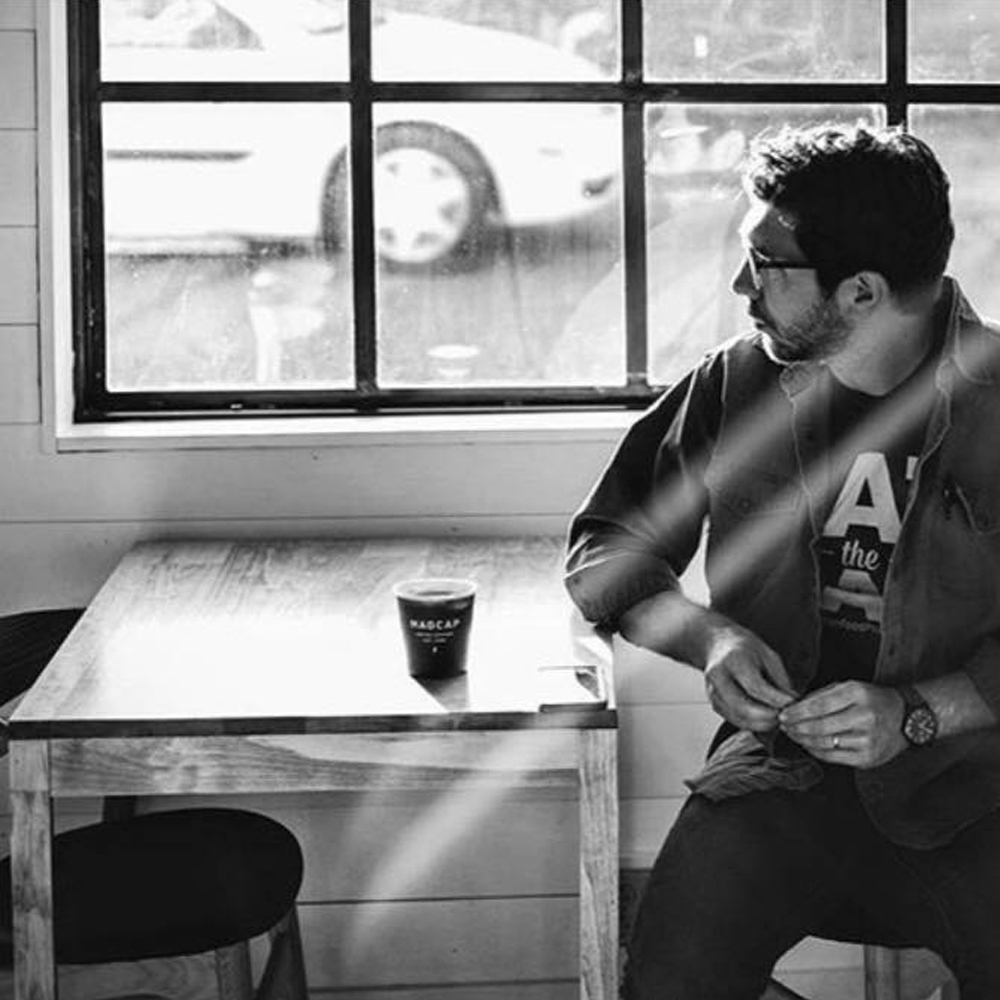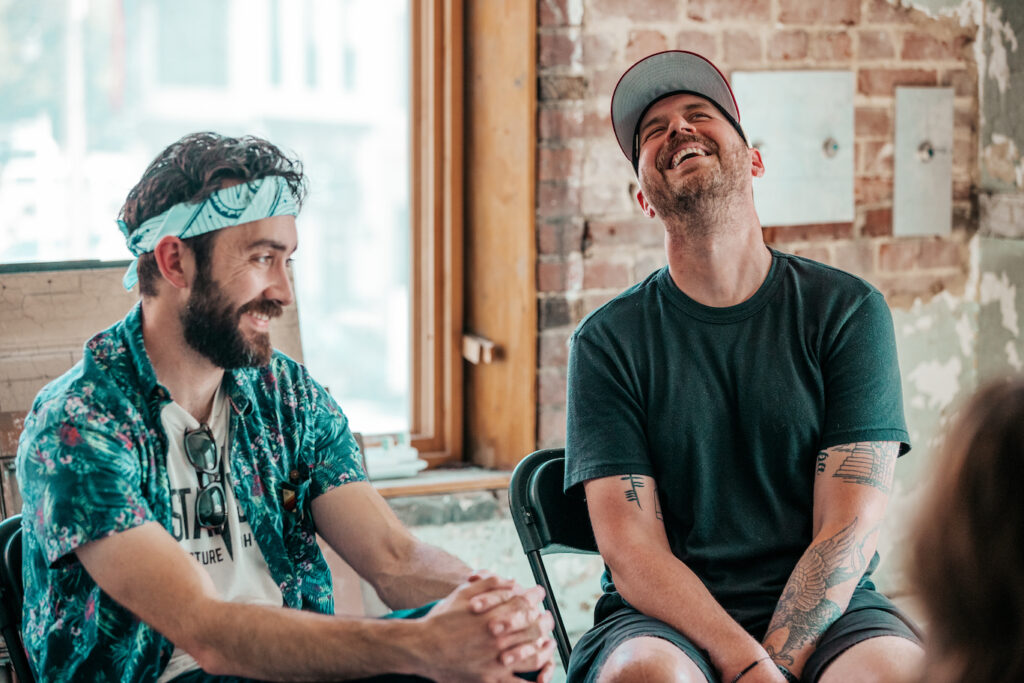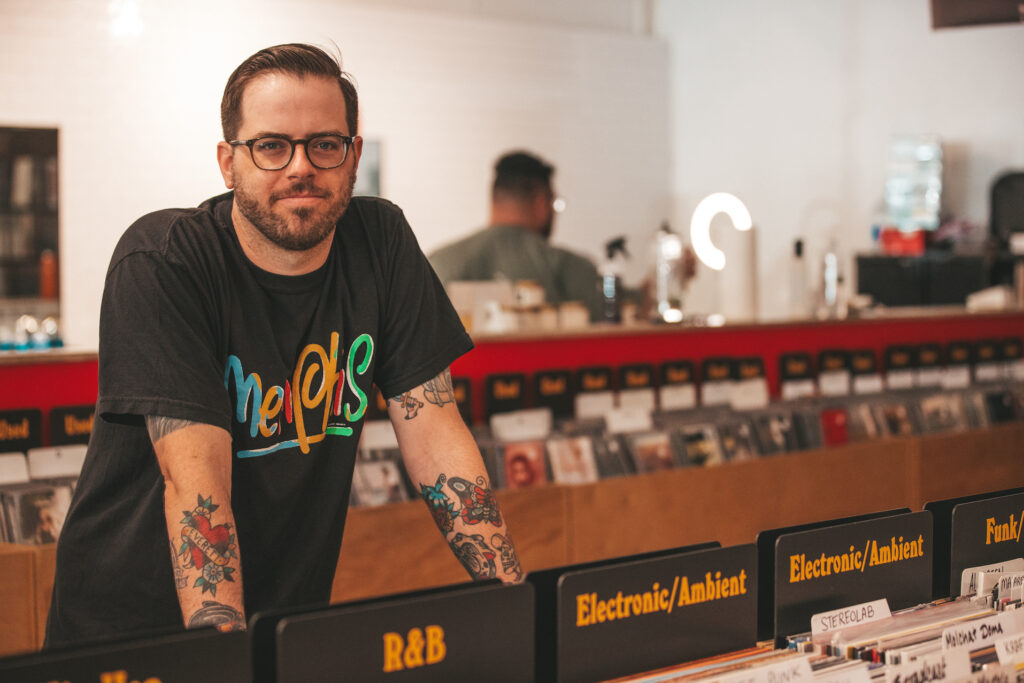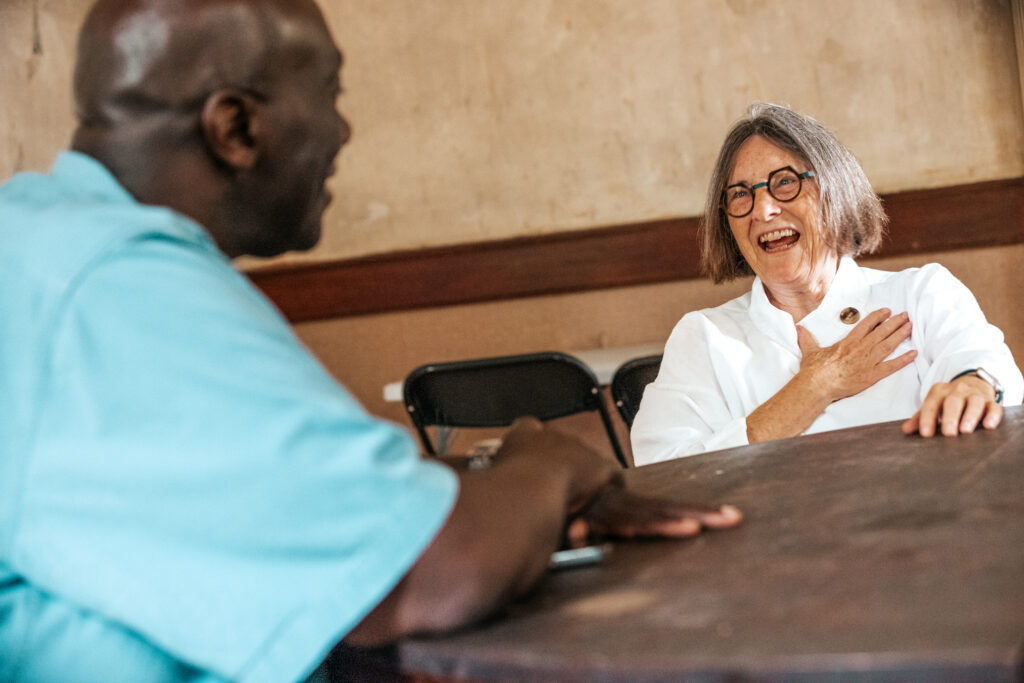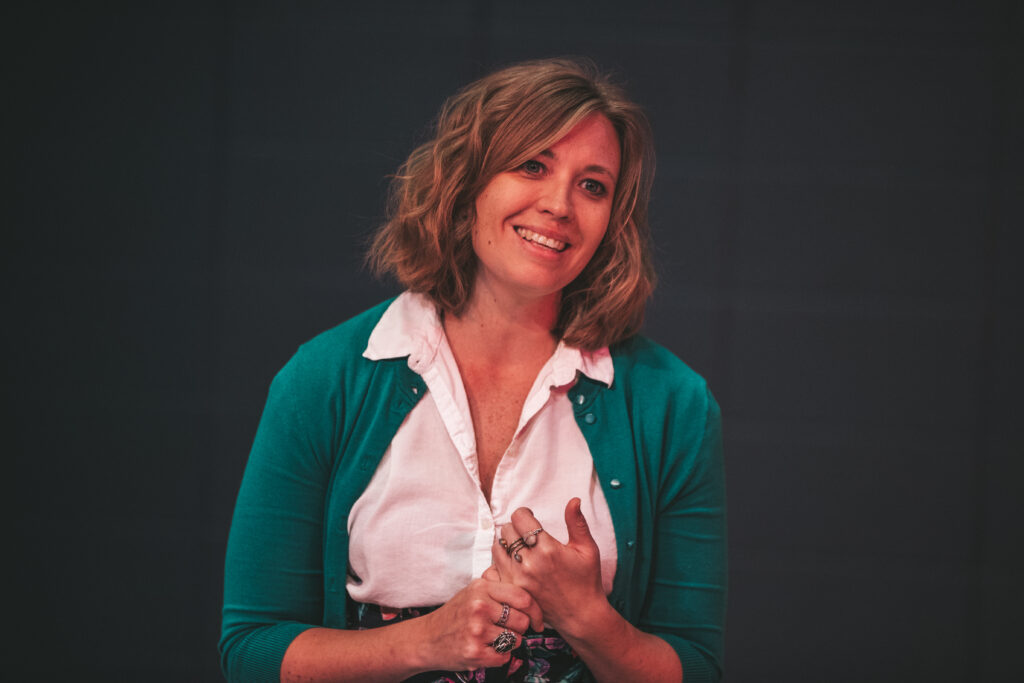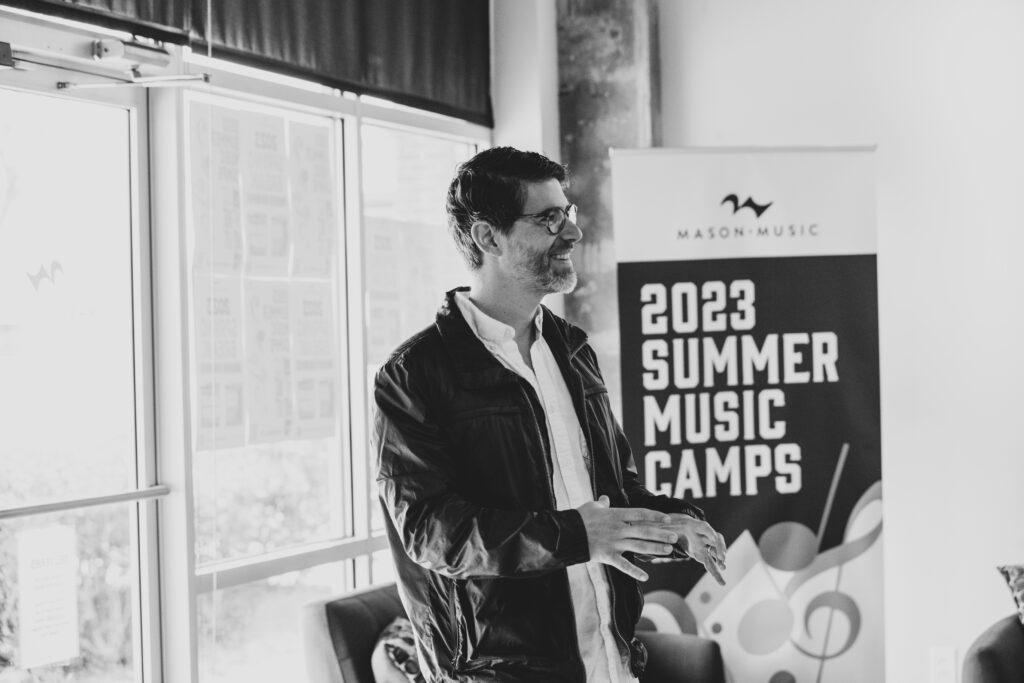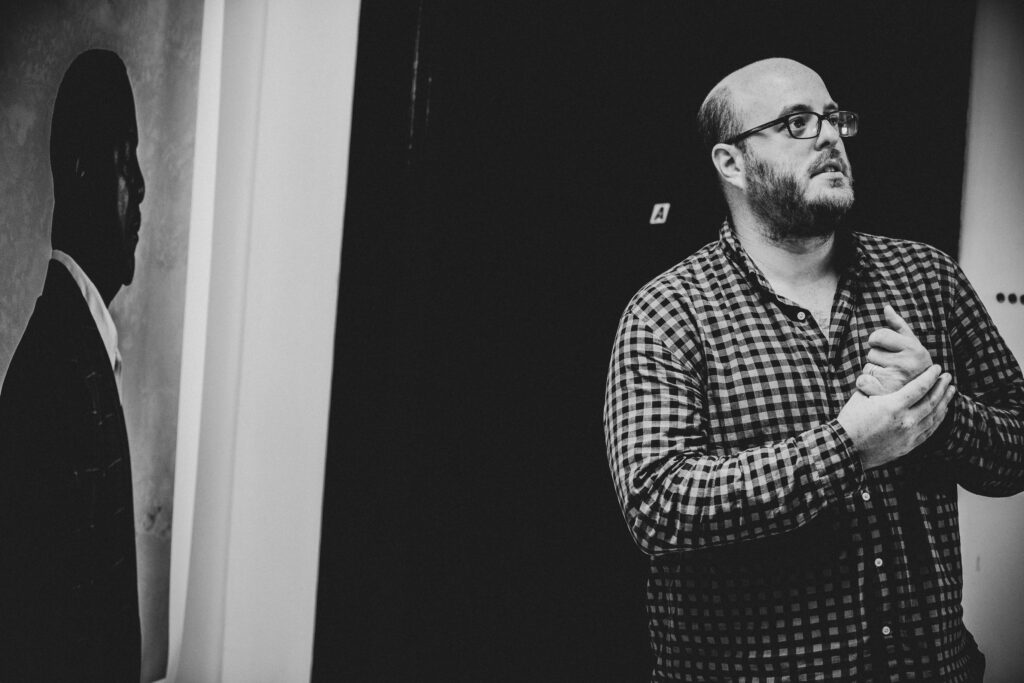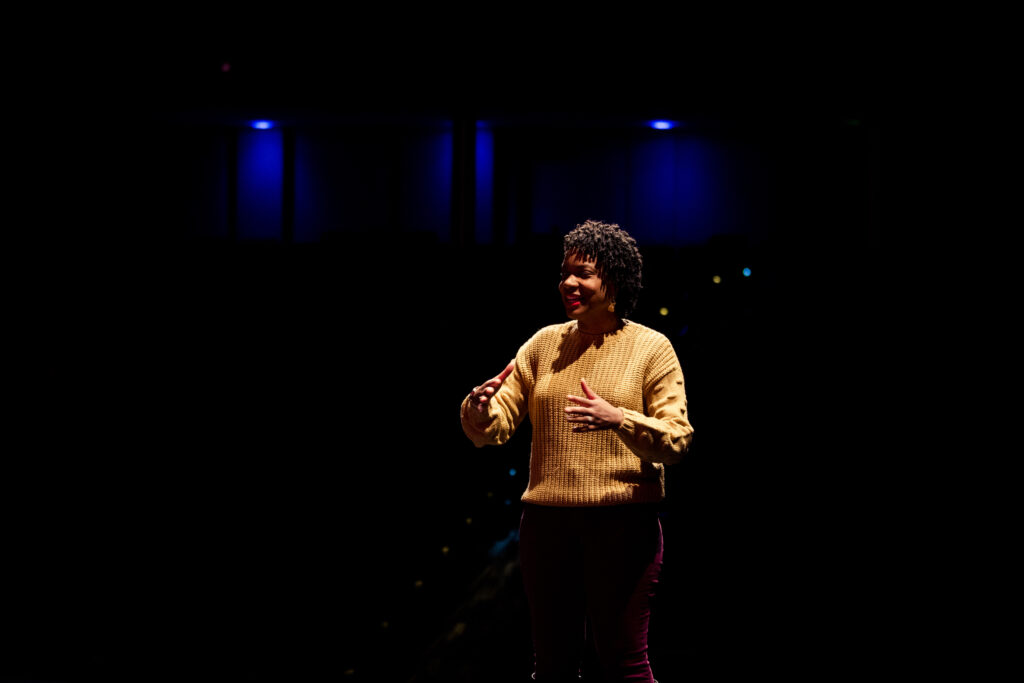“When you are engaged with a group of people who are all trying to move an idea forward, it’s great to feed off each other. It forces you to realistically look at your idea and find the problems.”
Brent Kendrick has a passion for sustainable agriculture and access to healthy food choices. Stone’s Throw Market is a multiple farm and garden collaboration providing locally grown foods to customers with their Farm to Door initiative.
You are entering your second year of Stone’s Throw Market. How is your CSA (Community Supported Agriculture) different from a traditional CSA?
The traditional CSA is typically one farm going directly to people who pay up front for their shares. Our concept is a multi-farm idea which means you don’t have to pay upfront -those operation costs are already being paid by the farmers. In addition to growing my own produce, we also source from REV’s Urban Food Project. Participating in Stone’s Throw Market supports UFP which directly supports Birmingham’s food deserts. What we are doing is creating another avenue for farmers to sell their produce to consumers. We want to directly impact workplace areas and create better environments and healthy living. That way we can cut down some of the costs related to delivery, etc.
A large component of Stone’s Throw Market is offering workplace CSAs. Can you tell us a little more about what that is?
Workplace CSAs create a better work environment. They promote healthy living and community. They offer an affordable and convenient benefit to add to any wellness program. We work directly with HR representatives or the business owners to set up how they want their orders to take place. The employees can log in each week and decide what produce and other items they want in their individual box. We want to expose you to a greater variety of produce. For example, depending on the size of their box, they would choose ten items from a list of twenty. The more people that sign up, the lower the cost is for everyone involved. If there are 10-15 people in one location, we can drop the price to around $125/month.
You have implemented some non-traditional growing methods this year. What does it look like to grow in grain bags?
The bags themselves are brewery grain bags. The breweries have a surplus, and rather than throwing them away, I am repurposing them. I then get a leaf molt medium from the compost center at the Mountain Brook Public Works building.
Growing in grain bags allows you to create an enclosed growing space. It’s all about sustainability and creating food diversity. They do this a lot in third world countries. And while it’s not a new concept to them, it is to us because we have primarily had commercialized agriculture. In urban environments, it is more sustainable to grow foods in a directly located manner. Growing in grain bags gives us the opportunity to have enough space for vegetables that have larger root systems.
You also have some ideas for developing rooftop and urban gardens throughout the city. What does that look like? What does it take to get those started?
Rooftop gardens allow for the utilization of space that is typically unheard of. You can create green spaces that reduce environmental impact. It helps businesses cut down on the cost of energy use by creating a layer of insulation on the top of the roof.
It’s also a major benefit to plant life. It absorbs a lot of what we call “heat sink.” The heavy concrete in urbanized areas releases heat. Combined with the emissions from your car, it creates a greenhouse. Plants and vegetables need that CO2 and absorb it creating higher production and yield. In turn, it cuts down on the smog in the city and creates better air quality.
As for starting a rooftop garden, we need to look at the structure of the roof and the building to determine if it can hold the weight. We also look at where your water is coming from. What can we do to create a greater rain water catching system? Can the roof be designed to catch the rain, or do we need to pump it from the gutters below and feed it back up? Then we need to determine how to easily access the roof.
You graduated from CO.STARTERS last October. How did the program help to shape your idea?
When you are engaged with a group of people who are all trying to move an idea forward, it’s great to feed off each other. It forces you to realistically look at your idea and find the problems. I can do this all-day long. But if I’m not making any money, then it’s not a business.
CO.STARTERS was so beneficial. It gave me the skills that I needed to look at this like a business and not just a hobby. I had been doing this myself for years, but I wanted to take it a step further. It helped me find and utilize resources that I didn’t know existed and opened opportunities that would not have been available to me otherwise.
You grow a large quantity of produce yourself. Do you hope to eventually source everything individually?
With the amount of produce that I generate, I will also be a producer for REV’s Urban Food Project. I think working with UFP is excellent. They have an educational component that I want to support, not replicate. They have such a large impact on Birmingham’s food deserts. I’m happy to source from UFP as a way of supporting them. With the amount of food that is needed for this large of an area, you need to work with multiple farms, and we want to support other farmers. It creates more diversity.

